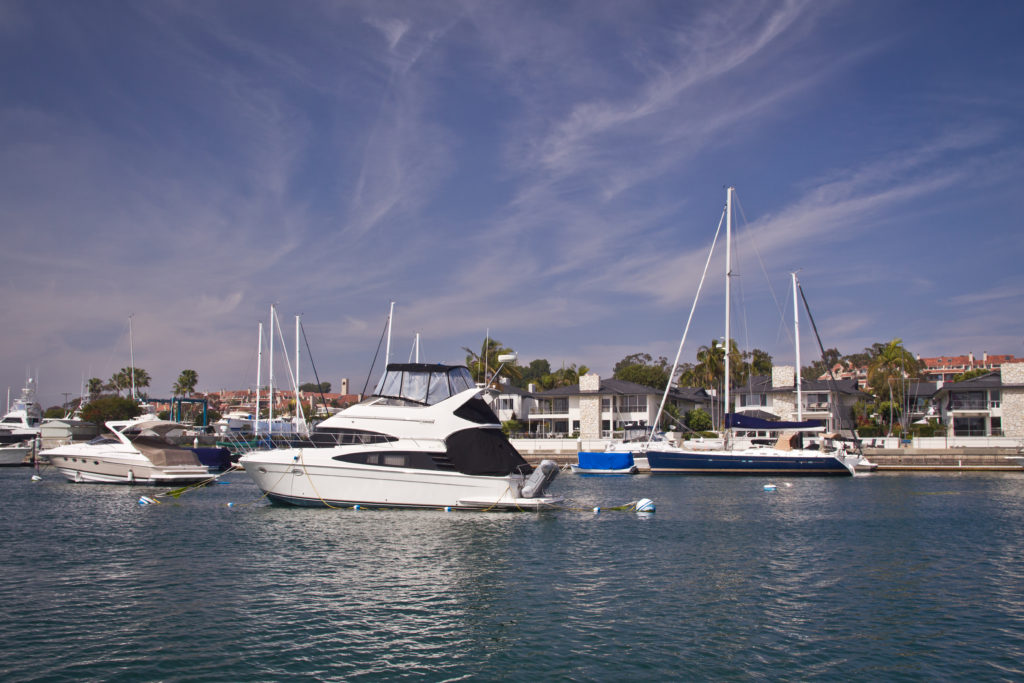NATIONWIDE — An August 2016 on-the-water collision involving kayakers and a commercial vessel led to at least two critical injuries and one federal report urging the U.S. Coast Guard to be more active in managing the interaction of boaters, kayak users and standup paddleboard (SUP) enthusiasts with barges, ferries and other non-recreational boats.
A report published by the National Transportation Safety Board (NTSB) specifically called for the Coast Guard to actively monitor the interaction between recreational and commercial uses on local and regional waterways by establishing harbor safety committees and expanding boater education requirements.
The NTSB report, which was published in January, also stated incidents involving recreational and commercial vessels could be mitigated through increased collaboration between local stakeholders, regional policymakers and federal officials.
“Cooperation is needed because shared waterway safety issues are a function of geography, vessel types, predominant weather, and other local factors. Local stakeholders working cooperatively are in the best position to address local issues through mutual respect and a shared commitment to safety,” the report, titled “Shared Waterways: Safety of Recreational and Commercial Vessels in the Marine Transportation System,” stated.
“Because of changes in waterway use over time, this engagement is most effective if done at regular intervals,” authors of...







